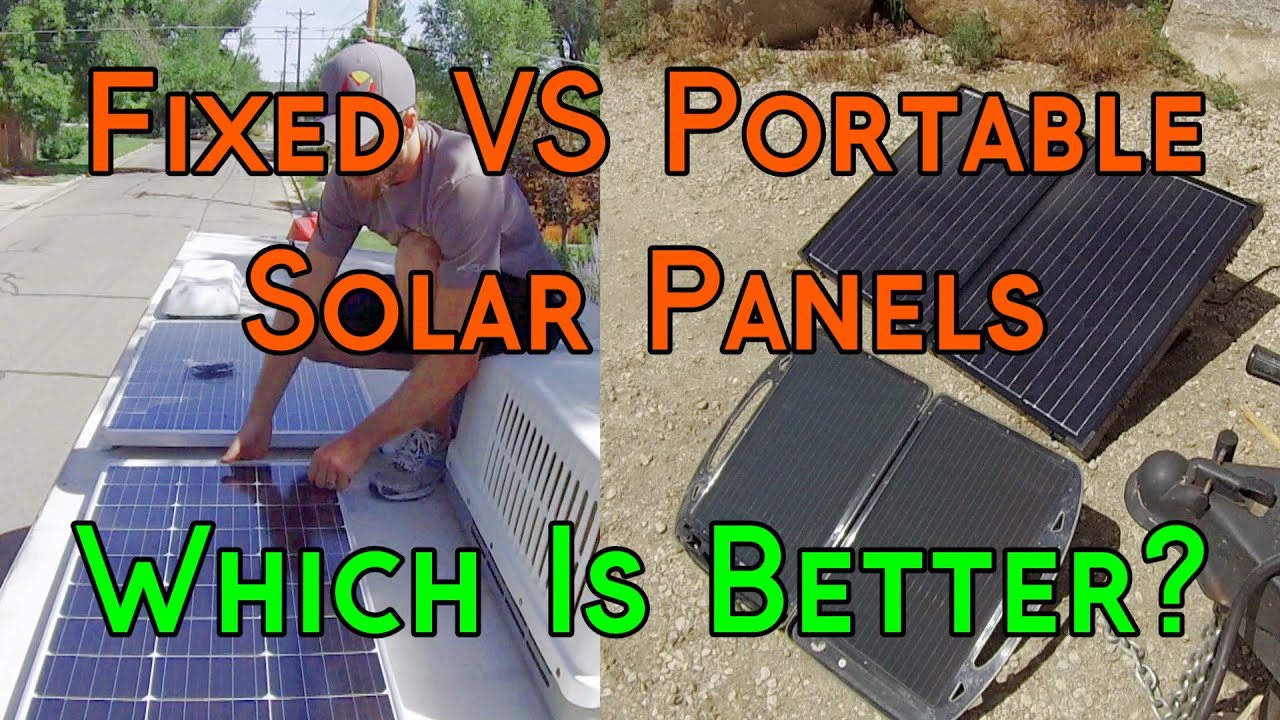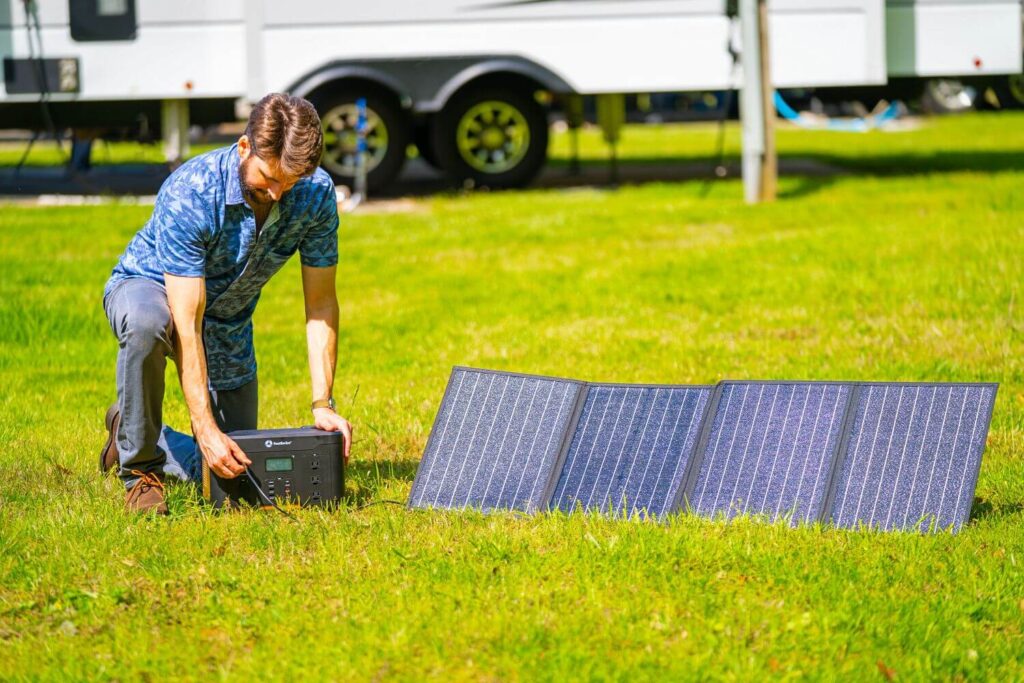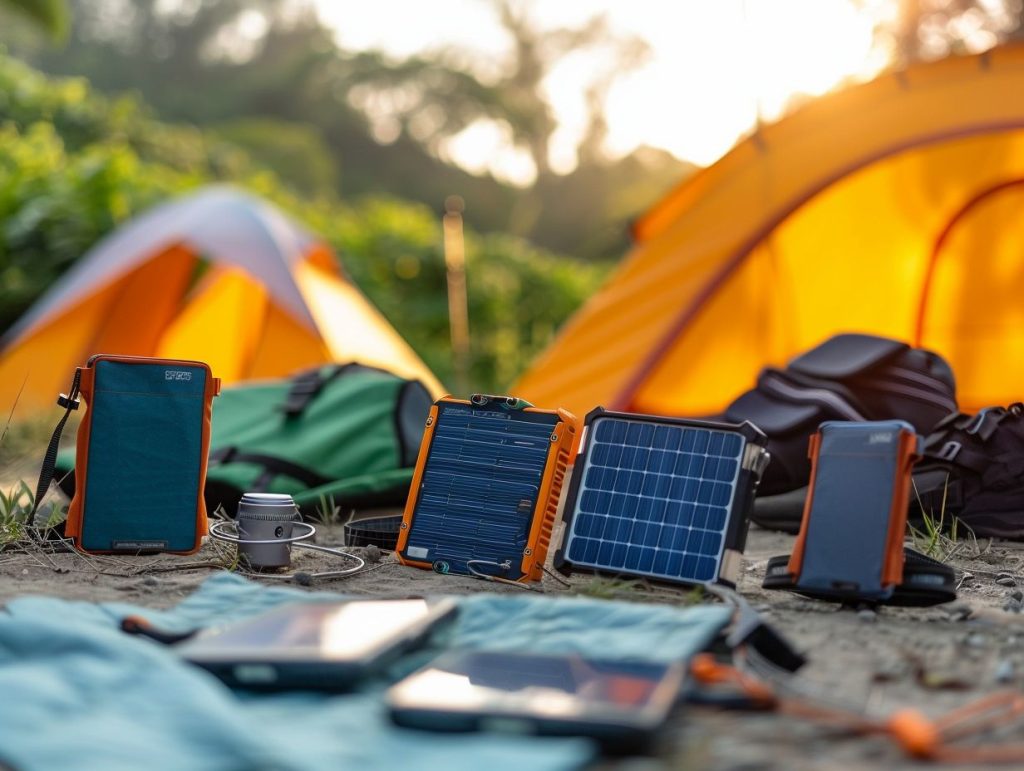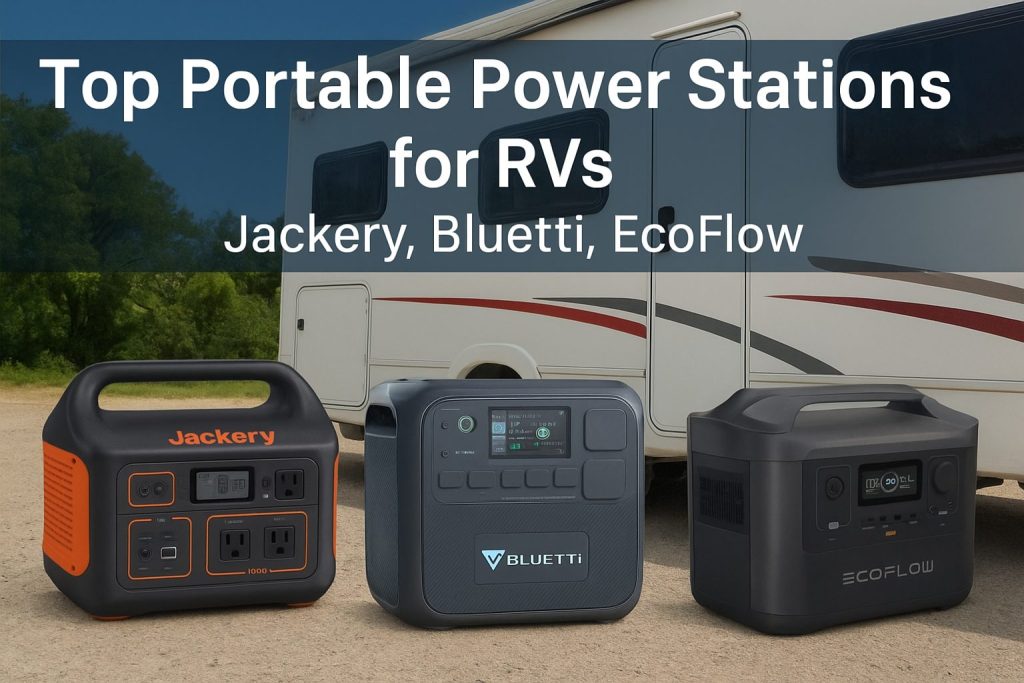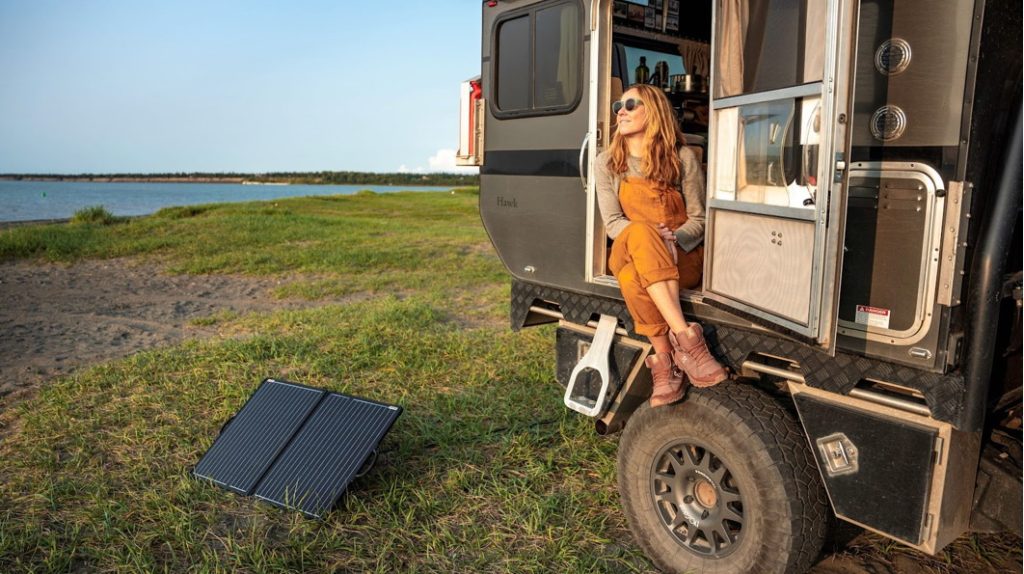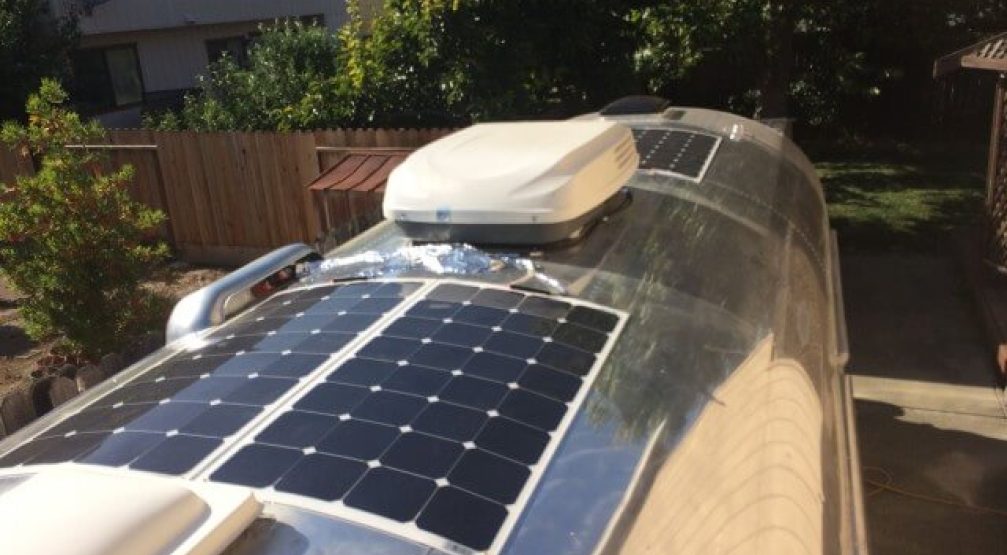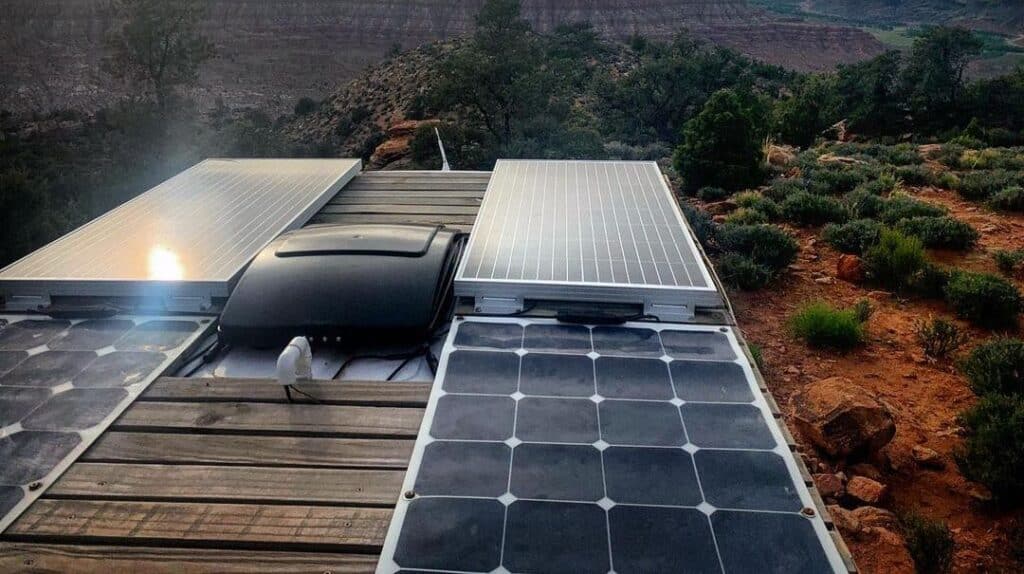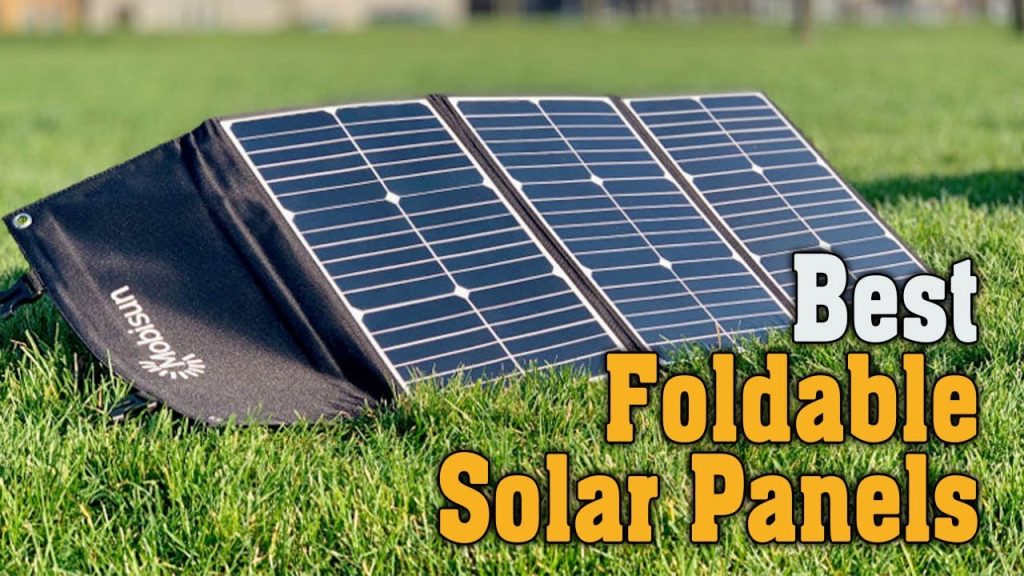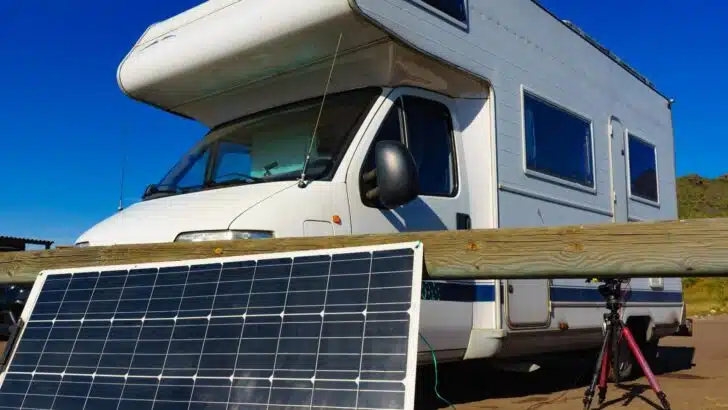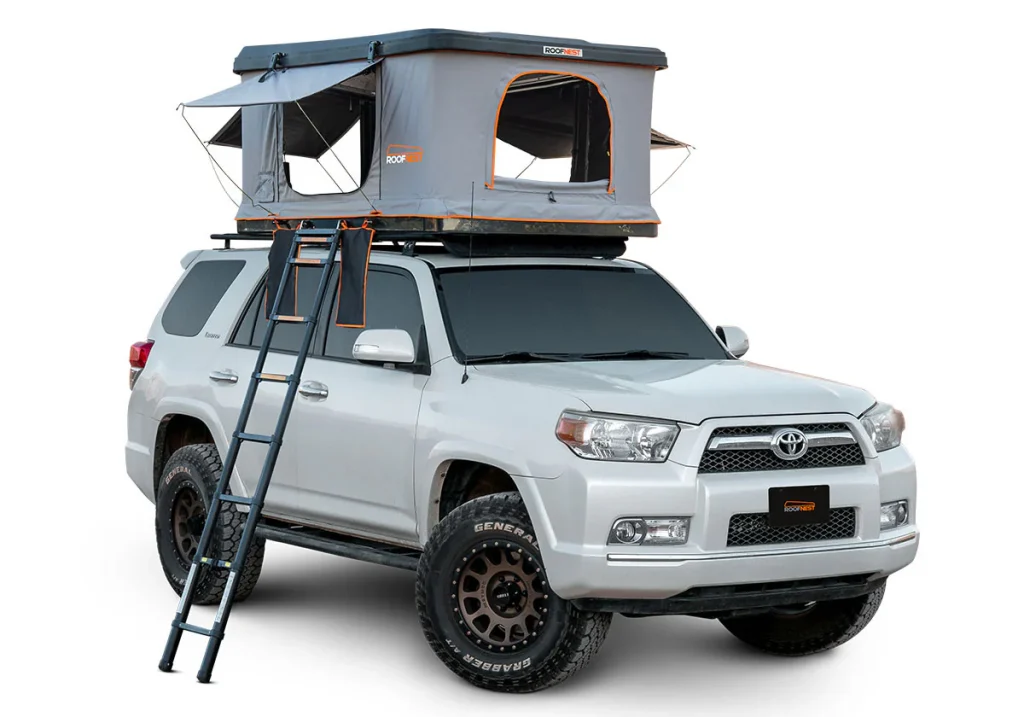The freedom of the open road has never been more appealing—and neither has the idea of powering your RV independently. As more RV enthusiasts seek off-grid adventures, solar power has emerged as a game-changer, offering clean, quiet, and renewable energy on the go.
When it comes to outfitting your rig with solar, two popular options dominate the landscape: portable solar panels, which are foldable and easily deployable on the ground, and fixed solar panels, which are permanently installed on the roof of your RV. Each has its unique strengths and potential limitations, depending on your travel style, energy needs, and installation preferences.
In this guide, we’ll break down how RV solar kits work, compare portable vs fixed solar panels side by side, and help you decide which setup fits your lifestyle. Whether you’re a weekend camper or a full-time road warrior, this post will help you confidently make an informed decision.
How RV Solar Kits Work
RV solar kits are designed to convert sunlight into usable electricity, giving RVers the ability to power their appliances, charge devices, and stay off-grid longer. Understanding how these kits work begins with knowing their core components and the different types of systems available.
Basic Components of an RV Solar Kit
-
Solar Panels
These are the main components that capture sunlight and convert it into electricity. They come in various types and wattages, depending on energy needs. -
Charge Controller
This device regulates the voltage and current coming from the solar panels to prevent overcharging the battery. MPPT controllers are especially efficient and ideal for maximizing output. -
Wiring and Connectors
Quality wiring ensures safe and efficient energy transfer between components. Most kits come with MC4 connectors, fuses, and cables sized appropriately for the system. -
Mounting Hardware or Frames
-
For fixed kits, brackets are used to mount panels on the RV roof.
-
For portable kits, foldable frames or stands allow ground deployment with adjustable angles.
-
-
Inverter (Optional)
Converts the DC electricity stored in your batteries into AC power, allowing you to run household appliances like microwaves, TVs, and laptops.
Types of RV Solar Kits
-
Basic Panel Kit
A starter-level kit usually includes just solar panels and wiring. You’ll need to add a charge controller, battery, and inverter separately. -
All-in-One Kits
These systems include solar panels, a charge controller, a battery, and an inverter—ideal for users who want a complete setup without piecing it together. -
Plug-and-Play Systems
Especially common with portable solar kits, these are easy to set up with minimal installation. Simply place the panel in the sun and plug it into your RV’s battery port or solar-ready connection.
For roof-mounted (fixed) kits, some plug-and-play options are pre-wired for simple installation, though they typically require some drilling and mounting effort.
Whether you choose a basic or fully integrated system, understanding how these components work together helps you build a solar solution tailored to your RV lifestyle.
Defining Portable vs Fixed Solar Panels
When choosing between RV solar setups, it’s essential to understand the key differences between portable and fixed solar panels. Both options harness the sun’s energy to charge your RV battery bank, but their design, installation, and use cases differ significantly.
Portable Solar Panels
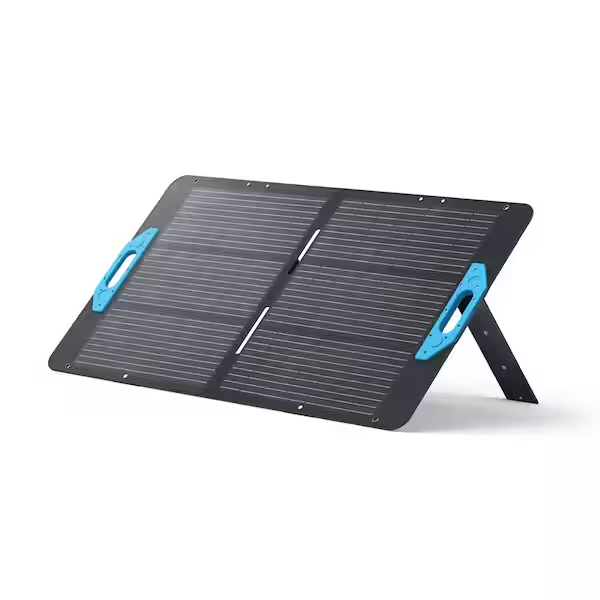
Portable solar panels are designed with mobility and flexibility in mind. Typically foldable and lightweight, these panels can be set up on the ground near your RV and angled for optimal sun exposure. They’re ideal for RVers who want a plug-and-play solution without committing to permanent modifications.
Key Characteristics:
-
Foldable or briefcase-style design
-
Easily storable when not in use
-
Can be moved to follow the sun throughout the day
-
Connect to RV batteries via cables—often directly to the battery terminals or through a solar port
-
No drilling or permanent mounting required
Fixed Solar Panels
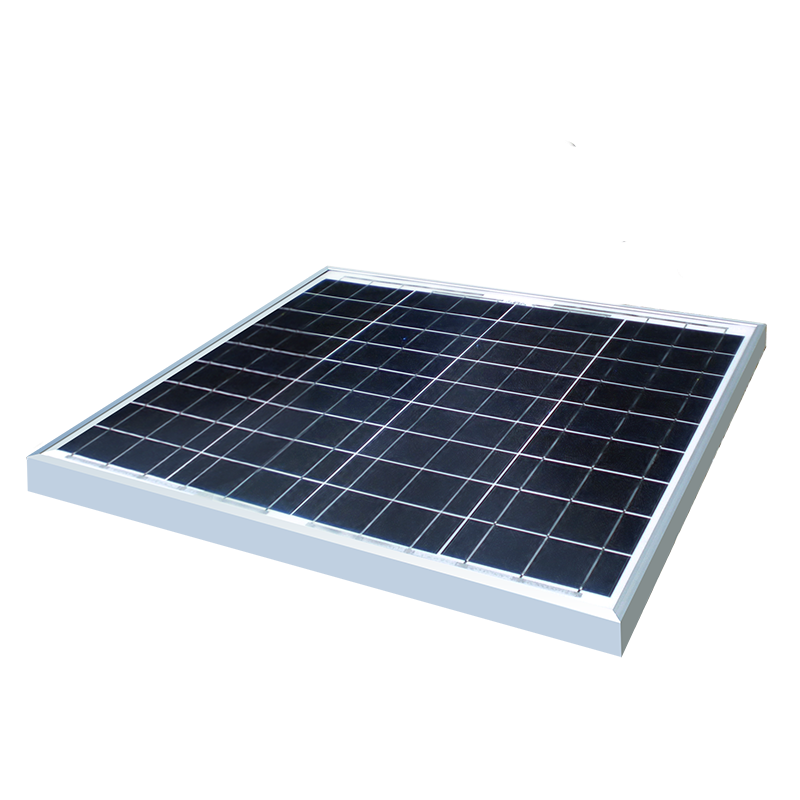
Fixed solar panels are permanently mounted on the roof of your RV. Once installed, they operate with a set‑and‑forget convenience, continuously generating power as long as the sun is shining. This option suits those who travel frequently or live full-time in their RV.
Key Characteristics:
-
Installed securely on the RV roof
-
Always active when exposed to sunlight
-
Out of the way—no need to store or deploy manually
-
Requires professional or DIY installation, including roof drilling
-
Best for continuous, reliable power without daily setup
Understanding these fundamental differences will help you determine which system fits your camping habits, energy needs, and willingness to install or maintain equipment.
Side-by-Side Comparison: Portable vs Fixed RV Solar Panels
To help you quickly assess the differences between portable and fixed solar panels for RVs, here’s a side-by-side comparison based on the most important factors:
| Feature | Portable Solar Panels | Fixed Solar Panels |
|---|---|---|
| Installation | No drilling required; simple plug-and-play setup | Permanently mounted; may require professional installation and roof drilling |
| Flexibility | High panels can be moved and angled for maximum sun exposure | Low — fixed position limits the ability to adjust the angle; dependent on the RV’s parked direction |
| Energy Output | Typically 100–200W per panel — good for light to moderate usage | Often 300W+ per panel — ideal for sustained and high power needs |
| Storage | Requires onboard space when not in use | Always mounted on the roof — no extra storage needed |
| Cost | Lower upfront cost; easy DIY setup | Higher overall cost due to mounting hardware and installation labor |
| Durability & Security | More vulnerable to weather damage or theft; must be stored after use | Durable and secure on the roof; less prone to theft or accidental damage |
This table highlights how each option serves different needs. Portable panels offer flexibility and ease of use, while fixed panels provide consistency and long-term power solutions. Choosing the right one depends on how you travel and how much power you need on the road.
Pros & Cons: A Deep Dive Into Portable and Fixed RV Solar Panels
When investing in solar power for your RV, it’s important to evaluate more than just the specs. Real-world functionality, convenience, and long-term value matter. Below, we dive deeper into the advantages and drawbacks of portable and fixed RV solar panels to help you make an informed decision.
Portable Solar Panel Pros
-
Adaptive Placement:
One of the biggest benefits of portable panels is their flexibility. You can move them around throughout the day to follow the sun’s path, maximizing energy capture no matter how your RV is parked. -
Multi-Use Applications:
Portable solar kits are not just for RVs. They can also be used for tent camping, boating, emergency power at home, or powering remote equipment, making them a versatile investment. -
Lightweight and Storable:
Most portable systems are designed to fold into compact shapes with carrying handles. They’re easy to store in storage compartments or under RV seats when not in use.
Portable Solar Panel Cons
-
Lower Power Output:
Portable systems generally range from 100W to 200W per panel, which may be sufficient for small appliances but not ideal for large setups or continuous power needs. -
Manual Setup Required:
Unlike fixed panels, portable systems must be unpacked, placed, connected, and stored away each time you use them. This adds a layer of effort, especially in bad weather or daily travel. -
Risk of Theft or Damage:
Because they’re deployed on the ground and not permanently attached, portable panels can be more vulnerable to theft or accidental damage from weather, pets, or passersby.
Fixed Solar Panel Pros
-
Consistent Energy Generation:
Once installed, roof-mounted panels continually collect solar energy without requiring any daily setup. You simply park and start using power—it’s always working in the background. -
Space-Saving Design:
Fixed panels utilize unused space on the RV roof, leaving your storage bays and interior space untouched. This design is especially important for long trips or full-time RVers. -
More Secure:
Permanently mounted to your roof, fixed panels are far less likely to be stolen or damaged by external factors. They’re designed to withstand road vibrations and the elements.
Fixed Solar Panel Cons
-
Installation Involves Drilling:
One of the biggest deterrents for some RV owners is that fixed solar panels require drilling into the roof. This must be done carefully to prevent leaks or damage, often needing professional installation. -
Limited Sun Exposure Control:
Because fixed panels are mounted flat or at a fixed angle, they can’t be repositioned to optimize sun exposure. This limits their efficiency, especially if you’re parked in the shade or not facing the sun. -
Higher Upfront Cost:
The combination of mounting hardware, installation labor, and often larger panel sizes results in a higher overall investment. However, this can pay off over time with consistent energy output.
Matching the Right Kit to Your RV Lifestyle
Choosing between portable and fixed solar panels often comes down to how you use your RV. Below is a breakdown based on different RV travel styles.
Weekend Warriors
If you use your RV occasionally for short trips or weekend getaways, portable solar panels are often the better choice.
-
Why?
Their ease of use, affordability, and flexibility make them ideal for infrequent but spontaneous trips.
You won’t need to worry about roof installation, and you can deploy them only when needed. -
Example Use Case:
According to shinesolartech.com, weekend RVers benefit greatly from portable panels that provide power without permanent modifications.
Full-Time RVers
For full-timers living on the road, fixed solar panels are typically the best solution.
-
Why?
Fixed systems provide uninterrupted power and require no daily setup. Once installed, they become a seamless part of your RV’s infrastructure. -
Power Reliability:
A roof-mounted array ensures you’re constantly charging your batteries, even while driving or boondocking in remote areas. -
Pro Tip:
Many full-time RVers choose to supplement their fixed systems with a portable panel to increase power intake when parked in shaded areas or experiencing higher-than-usual energy demands.
High-Power Users
Do you run an electric fridge, microwave, air conditioning, or work remotely from your RV?
-
Recommended Setup:
Combine both systems — roof-mounted panels as your base load and portable panels for peak-time flexibility. -
Why?
The roof system provides steady power generation, while portable panels can be deployed when you need extra wattage or are parked in partial shade. -
Example:
A digital nomad couple might install a 400W fixed solar system on their RV and carry an additional 200W portable kit to ensure their laptops, routers, and fans stay powered through long workdays.
Matching your solar kit to your RV lifestyle ensures you get the most value, convenience, and performance out of your investment. Whether you’re on the road occasionally or living full-time, the right setup will support your freedom and independence with clean, reliable energy.
Choosing the Right Equipment
Selecting the right solar gear is just as important as deciding between portable or fixed panels. From panel types to battery chemistry, each component plays a role in performance, longevity, and efficiency. Here’s a breakdown of what to consider when building or upgrading your RV solar kit.
Solar Panel Types
There are three main types of solar panel technologies, each with its own pros and cons:
-
Monocrystalline Panels
-
Best for: Maximum efficiency in limited space
-
Pros: High efficiency (15–22%), compact size, long lifespan
-
Cons: Usually more expensive
-
Use Case: Ideal for fixed rooftop setups where every square inch counts
-
-
Polycrystalline Panels
-
Best for: Budget-conscious users
-
Pros: Lower cost, decent efficiency (13–16%)
-
Cons: Larger footprint for the same output, slightly lower lifespan
-
Use Case: Suitable for portable or flexible use where space isn’t a major concern
-
-
Thin-Film Panels
-
Best for: Flexible installations or unusual mounting surfaces
-
Pros: Lightweight, flexible, performs better in shaded or cloudy conditions
-
Cons: Much lower efficiency, degrades faster
-
Use Case: Good for curved or soft surfaces, but not ideal for long-term primary power
-
You’ll also need to decide between rigid vs flexible panels:
-
Rigid panels are more durable and suited for permanent rooftop installs.
-
Flexible panels can conform to curved surfaces and are lighter, but they’re less efficient and degrade faster.
Charge Controllers
A charge controller regulates voltage and current coming from the solar panels before sending it to the battery bank. The two main types are:
-
PWM (Pulse Width Modulation): Cheaper but less efficient. Suitable for small, budget systems.
-
MPPT (Maximum Power Point Tracking): Recommended for most RV users due to its higher efficiency (up to 30% more output in varying conditions).
🔍 According to sungoldsolar.us, MPPT controllers are strongly advised for maximizing solar harvest and battery health—especially when combining panels with different outputs or operating in changing weather.
Battery Options
Your battery choice will determine how much energy you can store and how often you’ll need to maintain the system. Two popular battery types are:
-
LiFePO₄ (Lithium Iron Phosphate)
-
Pros: Longer lifespan (2000–5000 cycles), lightweight, maintenance-free, faster charging, deeper discharge
-
Cons: Higher upfront cost
-
Ideal for: Full-timers or high-power users who value long-term performance and reduced maintenance
-
-
AGM (Absorbent Glass Mat) Batteries
-
Pros: More affordable, spill-proof, reliable performance in cold weather
-
Cons: Heavier, shorter lifespan (500–1000 cycles), limited depth of discharge
-
Ideal for: Budget setups or users who don’t require daily deep cycling
-
Inverter Considerations
An inverter converts the DC power from your batteries to AC power for running standard appliances. When selecting an inverter:
-
Pure Sine Wave Inverters
-
Ideal for sensitive electronics (laptops, TVs, medical devices, etc.)
-
Cleaner, more stable output
-
Recommended for most modern RV setups
-
-
Modified Sine Wave Inverters
-
More affordable, but may cause interference or damage to sensitive devices
-
Not recommended for full-timers or users running electronics frequently
-
🛠️ As highlighted by sungoldsolar.us, pure sine wave inverters offer better protection and performance, particularly when powering AC appliances on a daily basis.
Kit Sizing Guidelines
The size of your solar setup depends entirely on your energy consumption. Here are some general recommendations:
-
Weekend campers:
A 100W–200W portable panel kit can handle basic lighting, phone charging, and light appliance use. -
Moderate users or boondockers:
300W–600W of solar (fixed or hybrid) can support fridges, fans, laptops, and occasional microwave or TV use. -
Full-time or high-power users:
800W+ systems with battery banks and inverters are ideal for large setups running multiple appliances daily.
⚡ Tip: Start by calculating your daily power consumption (in watt-hours) to properly size your system. Factor in inefficiencies and cloudy days to avoid underperformance.
Hybrid Approach – Best of Both Worlds
Can’t decide between portable and fixed? You don’t have to.
Why a Hybrid System Works
Combining fixed rooftop panels for base-level power with portable panels for supplemental charging gives you maximum flexibility and reliability.
-
Roof Panels: Provide consistent energy while driving or parked, with zero daily effort
-
Portable Panels: Add extra wattage when parked in partial shade or during high-consumption days
Ideal For:
-
Full-timers who camp in a variety of environments
-
High-power users who need flexibility
-
Anyone looking for a scalable system that adapts to changing needs
By pairing the strengths of both types of panels, a hybrid solar setup can handle nearly any off-grid scenario while keeping your RV lifestyle powered, peaceful, and independent.
Frequently Asked Questions (FAQs)
Here are answers to some of the most common questions RV owners have when comparing portable and fixed solar panel systems:
Can portable panels power my RV?
Yes, portable solar panels can power many of your RV’s essentials, especially for short trips or light energy users. With setups ranging from 100W to 300W, they’re ideal for charging batteries, lighting, phones, and small appliances. However, they may not be sufficient for running high-demand devices like air conditioners or large fridges unless used in combination with a robust battery and an inverter system.
How complicated is installing fixed panels?
Installing fixed panels can range from a moderate DIY project to a professional job, depending on your experience and tools. It typically involves:
-
Drilling into the RV roof for mounts
-
Routing wiring through the roof and walls
-
Connecting to a charge controller and battery system
While many kits are pre-wired for RVs and come with clear instructions, those uncomfortable with roof work may prefer hiring a technician to avoid leaks or wiring mistakes.
What longevity can I expect from portable panels?
Portable solar panels typically last between 5 to 15 years, depending on usage frequency, storage conditions, and build quality. High-quality monocrystalline portable panels can last longer when well cared for. However, because they are moved and stored more often, they are more susceptible to wear and accidental damage than fixed panels.
Are fixed panels better for full-time RV living?
Yes, fixed panels are generally more suitable for full-time RVers because they provide continuous power without manual setup. They also offer better security and durability since they’re permanently mounted and out of the way. Many full-timers still add a portable panel to supplement in shaded campsites or on high-usage days.
Can I combine portable and fixed panels?
Absolutely. A hybrid system—fixed for base load, portable for flexible or peak charging—offers the best of both worlds. It provides continuous energy while driving or camping and allows extra wattage when needed.
Conclusion
Choosing between portable and fixed solar panels for your RV depends on your travel style, power needs, and budget.
-
Portable panels offer flexibility, ease of use, and affordability—perfect for weekend warriors or occasional users.
-
Fixed panels deliver convenience, durability, and consistent energy, ideal for full-time RVers or high-power users.
Each type has its strengths and limitations. For many RVers, starting with a portable system is a low-risk way to begin harnessing solar energy. As your energy needs grow, you can expand or upgrade to a hybrid setup that combines both systems for maximum performance and adaptability.
👉 Next steps:
-
Calculate your daily energy use
-
Determine how often you’ll be off-grid
-
Compare kit sizes, controller types, and battery options
Read More: Portable Power Solutions for Off-Grid Overlanding

